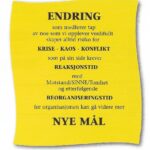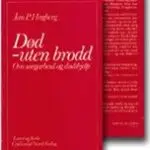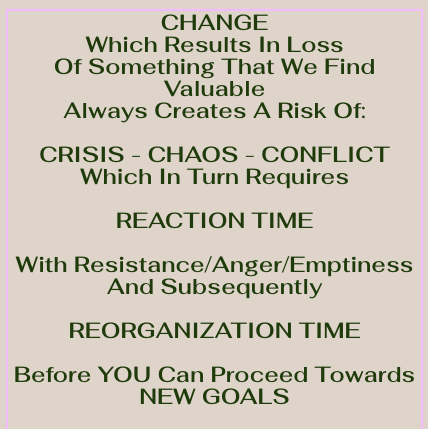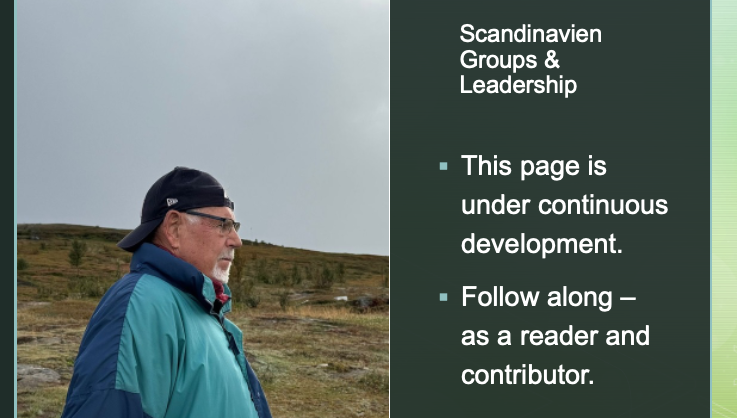
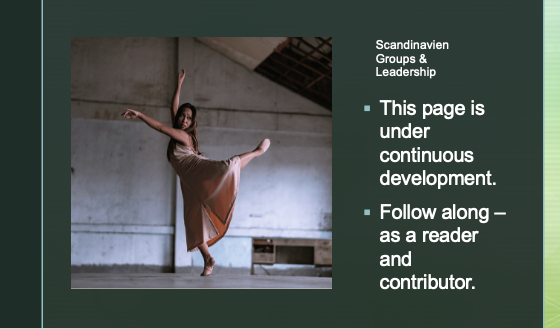
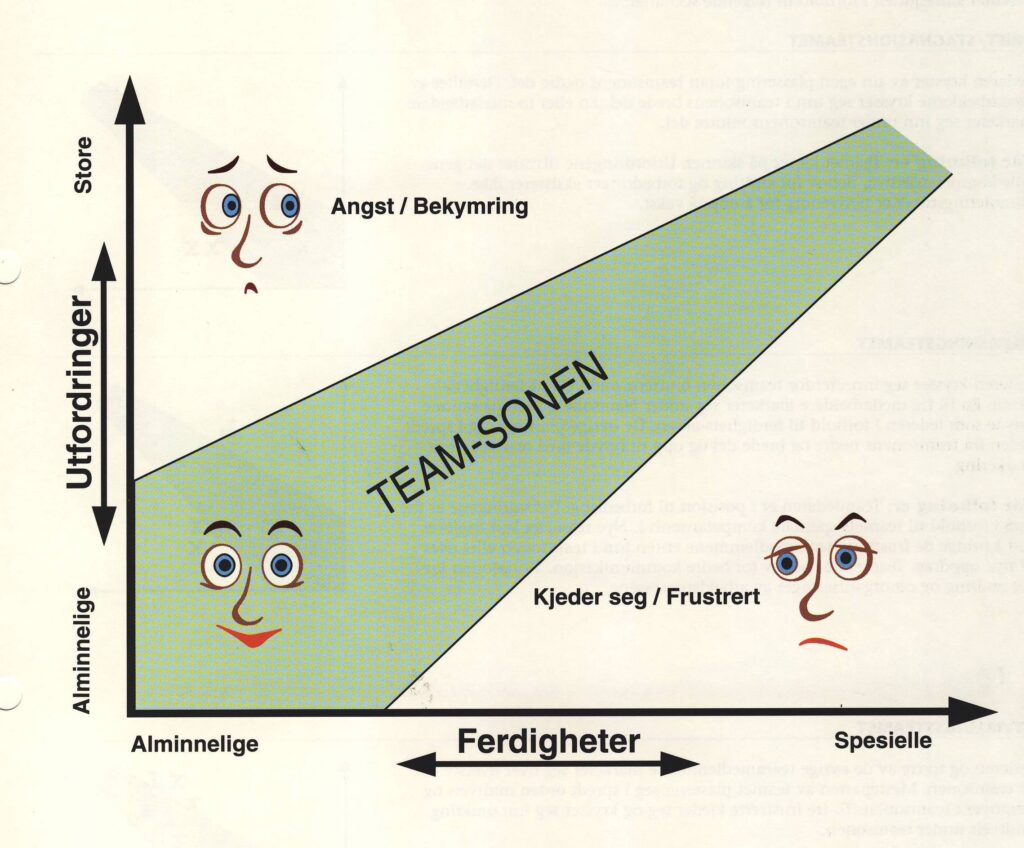

The TeamZone is a simple model that you can use for yourself, or as an introduction to an employee interview.
With a your subjective and perceived position on the vertical axis, in relation to the challenges you are facing.
Then you let the pencil go along the horizontal axis until you mark the point of your own perceived competence.
Finally, you extend your vertical and horizontal points until they meet. There you put a cross, and start analyzing the answer.
The Americans have an expression called: “A letter from dicaster”. It can be compared a little with the Norwegian proverbs: “A small straw can overturn a big load” – or “it was the drop that made it all overflow” – The message is, however, the same. Life is fragile and can quickly change from prosperity to crisis. The same happens when you are either forced or thrown out of your comfort zone or “flow”, as the illustration in the SGL concept shows.
By “crisis” we thus understand a situation where you move from a familiar situation to another. The whole thing can be compared to crossing the open sea, or a raging river – or a motorway, from one side to the other and being forced out of your own comfort zone/flow. – In all cases, crossing poses a risk that can change your life forever. The hallmark of the crisis is therefore the actual crossing/journey/flight from a known situation to an unknown situation.
Even small changes can lead you into a “crisis” that both you and your surroundings faced completely unprepared.
Then it is important to recognize the “characteristics of the crisis” and to walk the path, either alone or with someone you trust.
Conclusion: We are vulnerable.
Let’s take care of each other when we end up outside “flow” as described in my still actual Norwegian book: Død – uten Brodd / Death – without sting, – from 1978
